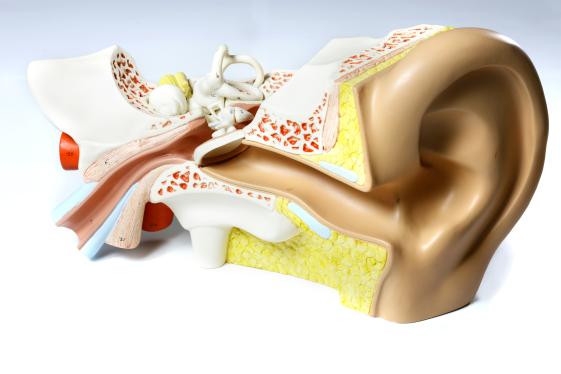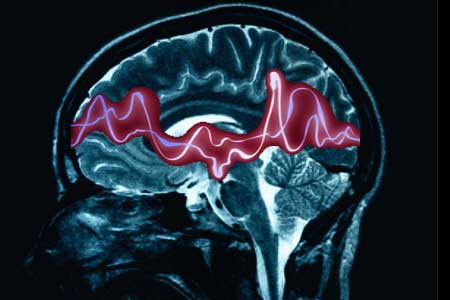
Foto en artwork: Marleen Serdijn http://instagram.com/marleen.serdijn/
Vandaag ontving ik een email van een lezer van de Bioelectronics weblog, met daarin de vraag of neuromodulatie ook zin heeft in de behandeling van laagfrequente tinnitus, d.w.z., tinnitus die zich manifesteert als een gebrom of gezoem in plaats van een hoge (fluit-) toon.
Hieronder een deel van mijn reactie aan deze lezer, in de hoop dat het ook nuttig kan zijn voor andere mensen die lijden onder tinnitus.
Beste [afzender van de email],
(…)
Voor zover ik heb begrepen is tinnitus potentieel goed te behandelen indien het zijn oorsprong vindt in de gehoorschors en zich nog niet erg lang manifesteert (minder dan een paar jaren). [Prof.] Dirk de Ridder [verbonden aan het St. Augustinus Ziekenhuis in Antwerpen] en zijn team onderzoeken hoe ze de structurele verandering van de gehoorschors, bijv. ontstaan als gevolg van een gehoortrauma (bijvoorbeeld luid geluid), ongedaan kunnen maken door neuromodulatie, al of niet vergezeld van andere vormen van stimulatie. Of de tinnitus hoog- of laag-frequent is maakt volgens mij niet fundamenteel uit. Het kan wel betekenen dat de tinnitus een andere oorzaak heeft en dus anders “in de hersenen geprogrammeerd” en daarmee minder goed te behandelen is. Er is bijvoorbeeld een vaak voorkomende relatie tussen gehoorverlies en het optreden van tinnitus.
Als technisch wetenschapper probeer ik verbeterde technologie te ontwikkelen die de neurowetenschappers en neurochirurgen in staat stelt betere behandelingen te ontwikkelen, die minder invasief is en zich automatisch aanpast aan de therapeutische behoeften patient.
Ik hoop dat u iets aan het bovenstaande heeft.
Met vriendelijke groet,
Wouter Serdijn
—
Wouter A. Serdijn, PhD, F-IEEE, DL-IEEE Head Section Bioelectronics
Delft University of Technology Faculty of Electrical Engineering, M&CS Mekelweg 4, 2628 CD Delft The Netherlands Phone/Fax: +31-15-278-1715/5922 Email: w.a.serdijn@tudelft.nl serdijn@ieee.org http://elca.et.tudelft.nl/~wout http://bioelectronics.tudelft.nl
![Damaged situation of the middle and inner ear; hair cells are damaged or non-existent, nerve cells are not fully developed or do not reach the cochlea [3].](http://bme.weblog.tudelft.nl/files/2015/03/damaged_inner_ear-300x244.jpg)







